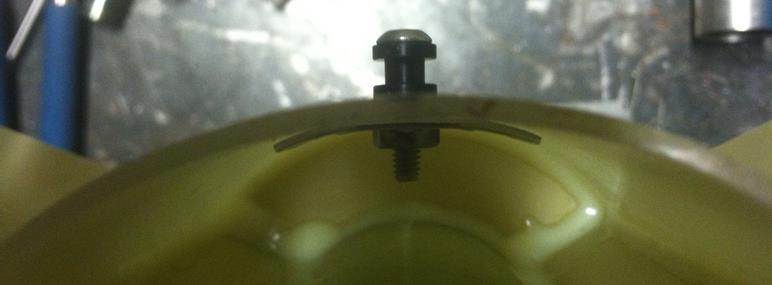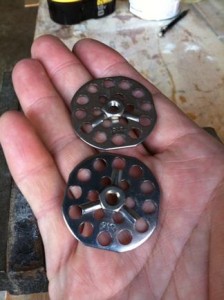By Vince Huegele
The thing people did at NARCON that was the most fun was not attending the technical sessions, listening to astronauts, visiting with old rocket friends or even touring the historic launch pads. People got the biggest grin from reading the severe winter weather reports from their hometowns while sitting in the 70 degree Florida sun. Read more





